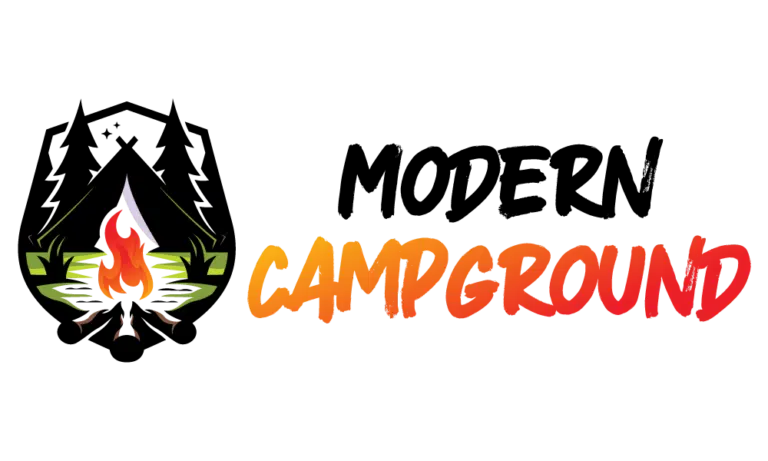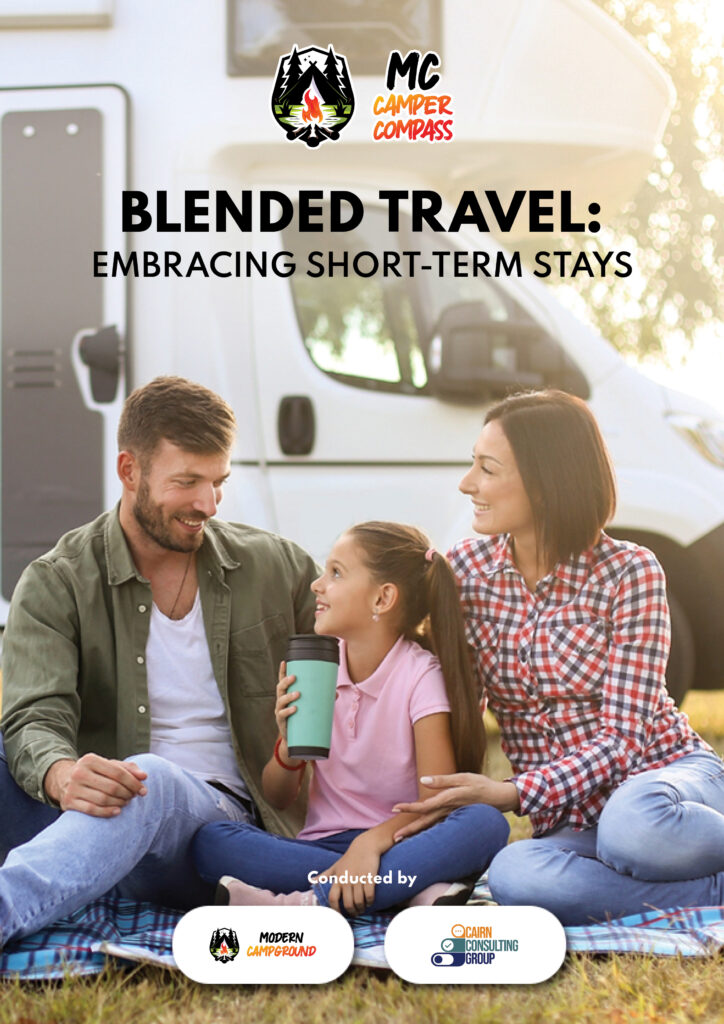The report “Blended Travel: Embracing Short-Term Stays” explores how the convergence of different travel styles and accommodations—such as camping, RVing, glamping, and traditional hotels—has become mainstream, especially influenced by remote work trends. This shift, known as “blended travel,” is significantly reshaping the outdoor hospitality industry in North America, driven by travelers who combine multiple lodging types within single trips. The growth is partly fueled by the increase in remote work, leading to extended trips and higher occupancy rates at campgrounds and RV parks during traditional shoulder nights.
Campgrounds, RV parks, and glamping resorts are adapting by upgrading amenities, notably reliable high-speed internet, to cater to travelers blending work and leisure. The industry has seen a notable rise in glamping participation, reflecting a broader demand for comfort and unique experiences within natural settings. Strategic partnerships between traditional hospitality brands and outdoor lodging operators are becoming common, presenting new opportunities for growth and expanded customer bases.
Despite the growth, challenges such as over-tourism, regulatory issues related to short-term rentals, and environmental concerns are pressing. Operators are encouraged to balance expansion with sustainability, protecting natural resources that attract travelers in the first place. The report provides actionable recommendations for operators to adapt effectively to these evolving traveler expectations, including investing in infrastructure, flexible booking policies, and strategic collaborations.
Overall, the blended travel trend is not fleeting; it’s a lasting shift requiring continuous adaptation from outdoor hospitality providers. By embracing this change, operators can leverage new opportunities, enhance guest experiences, and sustain long-term growth in a dynamic market.
Key Insights
- Over 90% of camping travelers in North America also use other forms of lodging (93%), underscoring the “mix-and-match” approach, with upwards of two-thirds (68%) blending travel within the same trip.
- Remote workers turn weekend getaways into week-long experiences. Mid-week occupancy is rising as travelers work from campgrounds or RV sites.
- The average stay for a blended travel stay is 8 days while the non-blended trip includes fewer than 4 days.
- Reliable high-speed internet is a must and is important to more than half of those who always work while camping (52%); 76% of private campgrounds already offer it.
- Glamping appeals to those wanting nature with comfort and luxury.
- Cross-industry deals (e.g., Hilton + AutoCamp) show how major brands are embracing outdoor lodging to diversify loyalty programs.
- Over-tourism, climate events, and short-term rental regulations can hamper growth. Operators must balance expansion with sustainability to protect natural resources.


